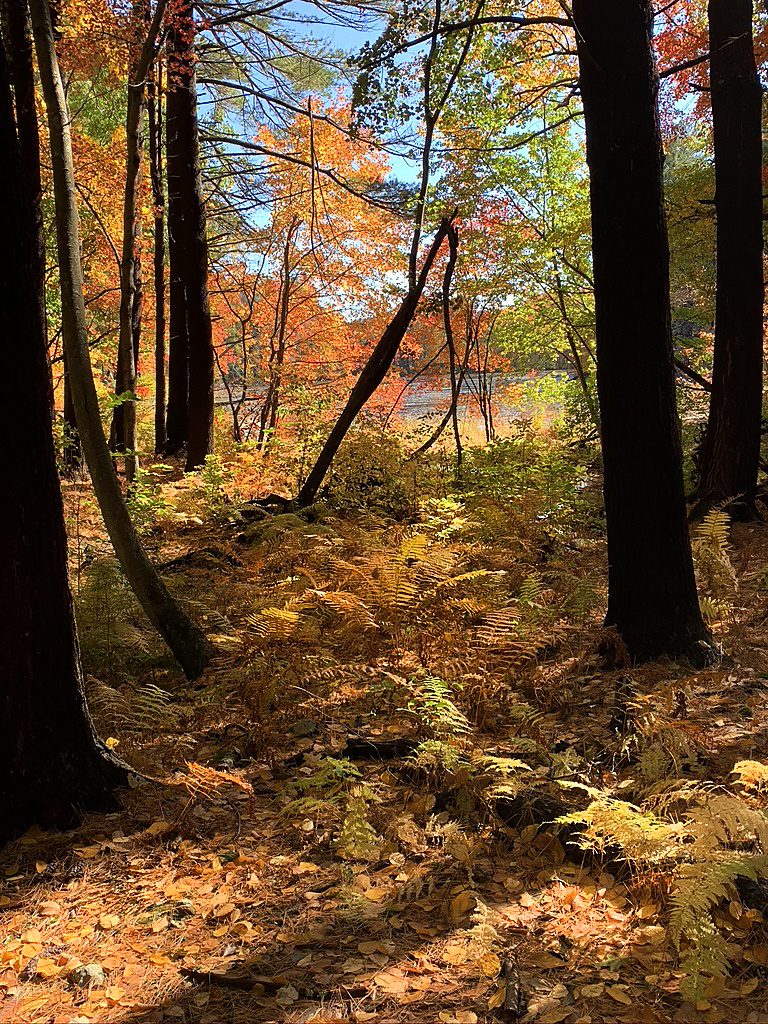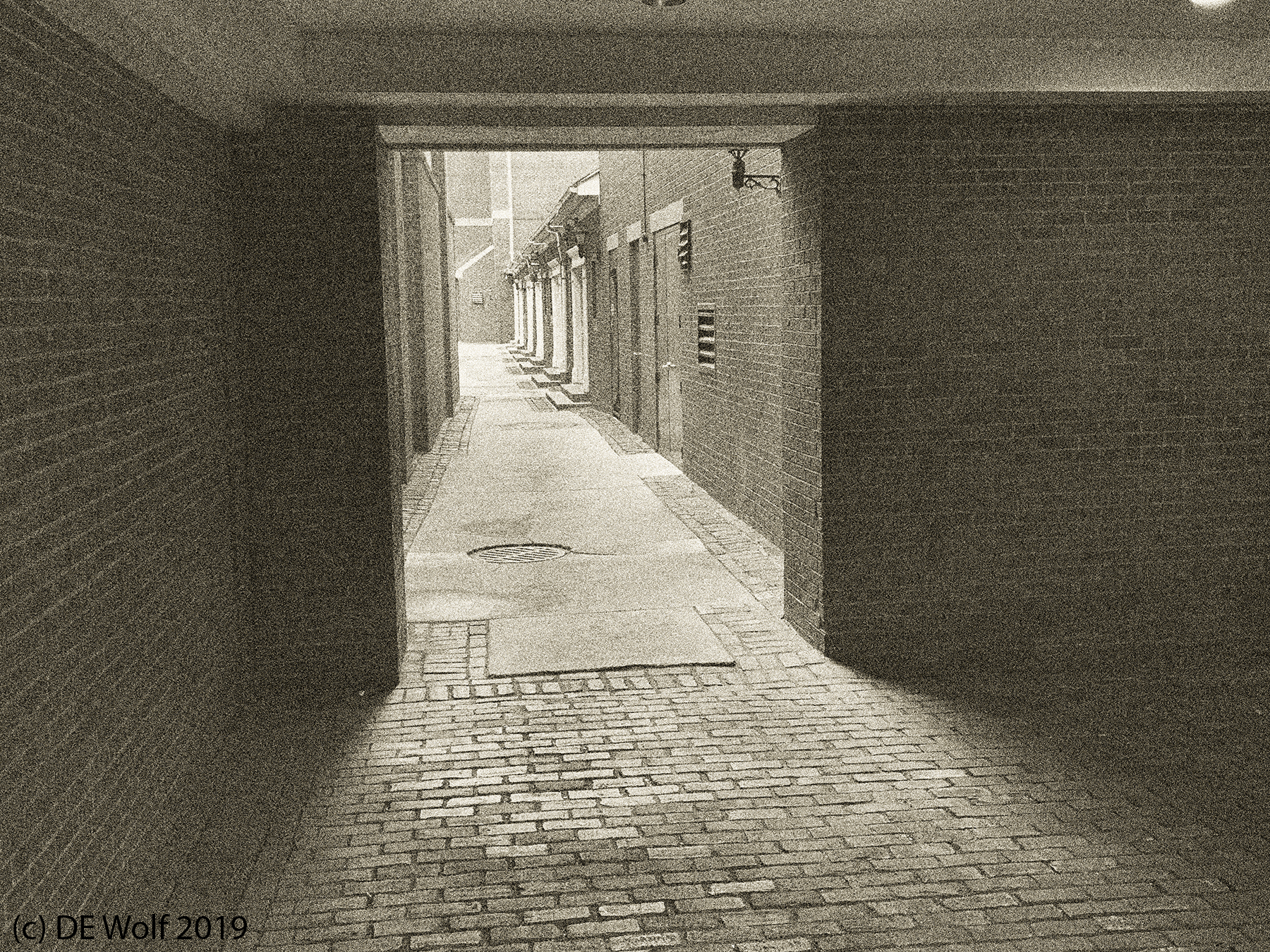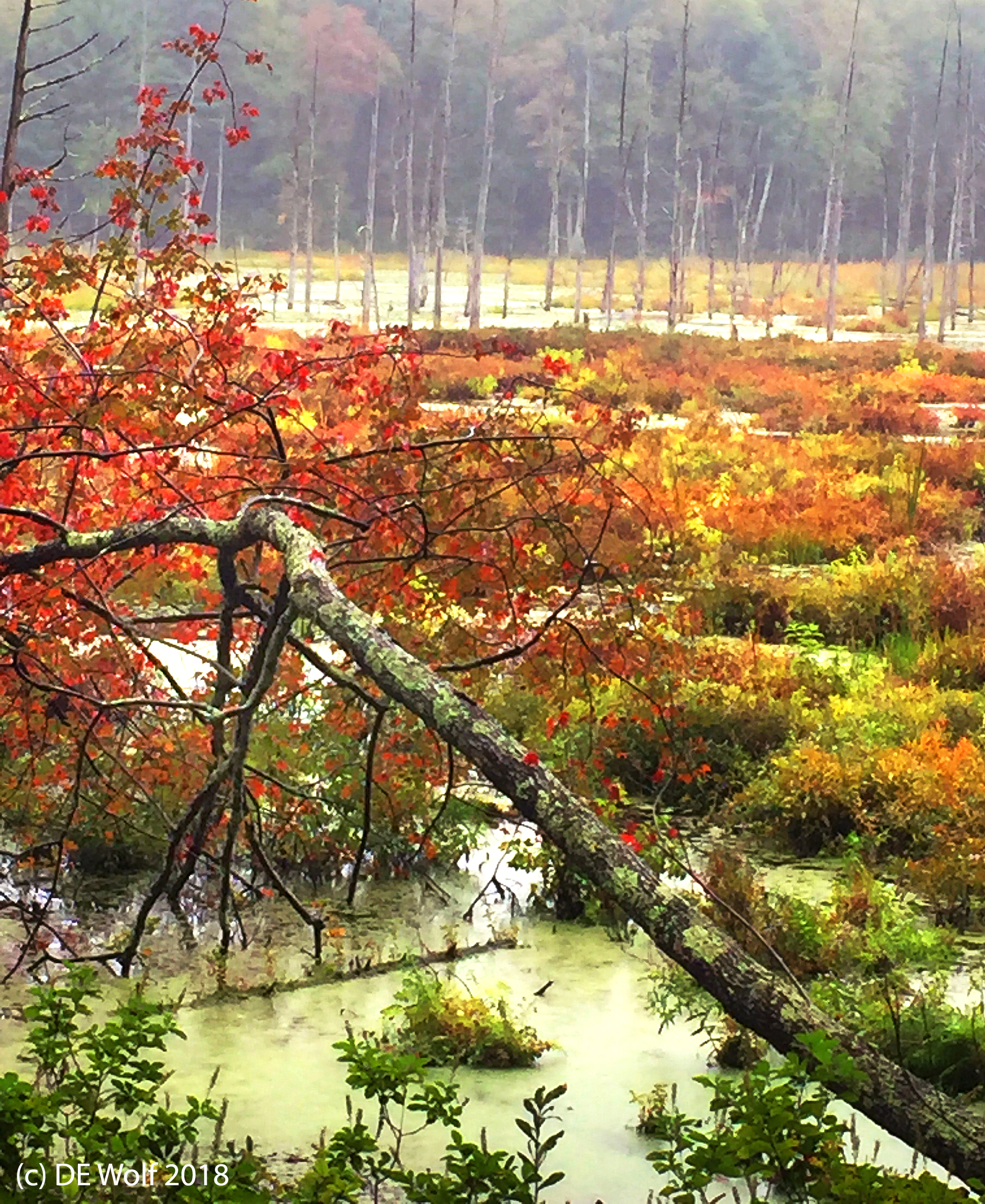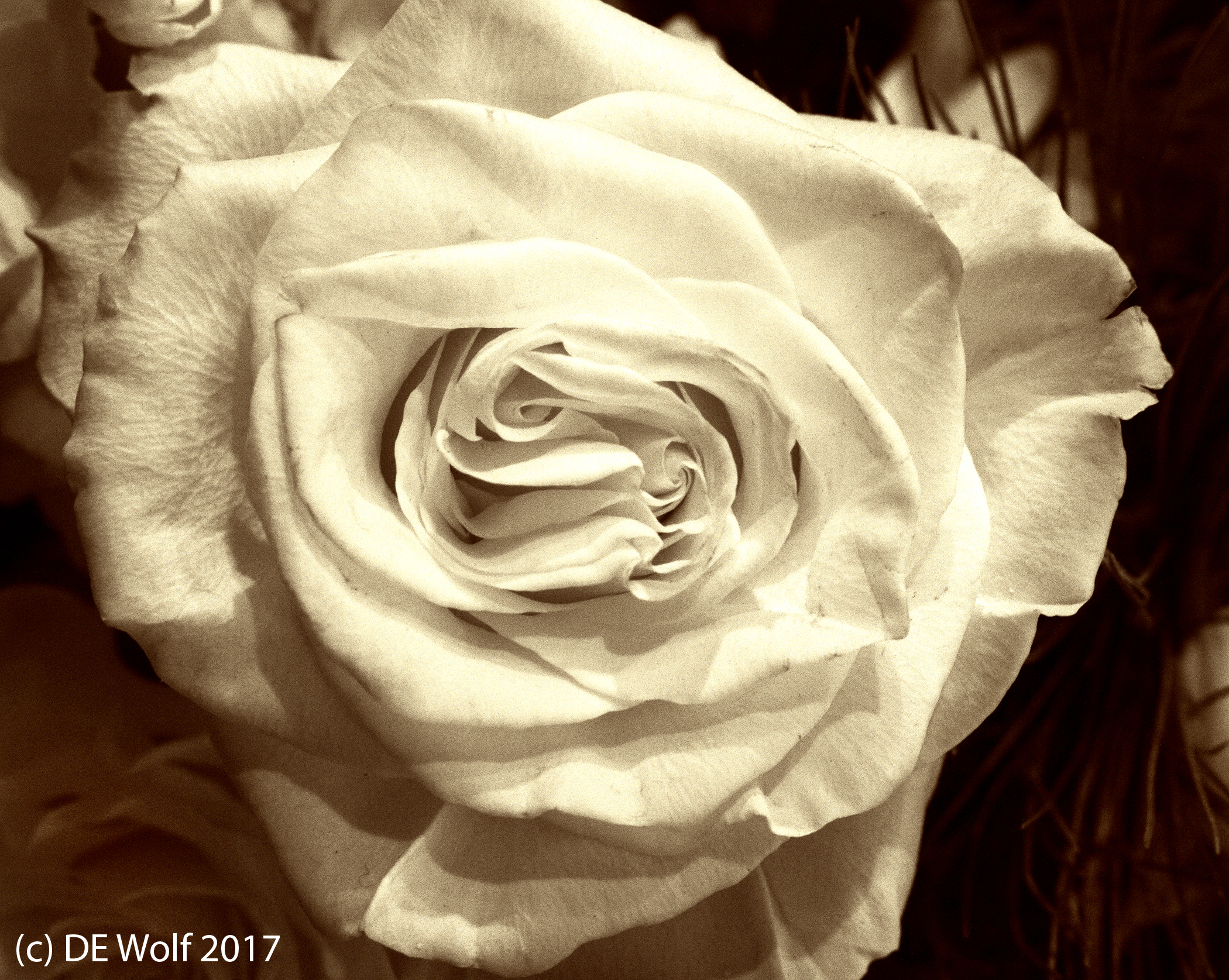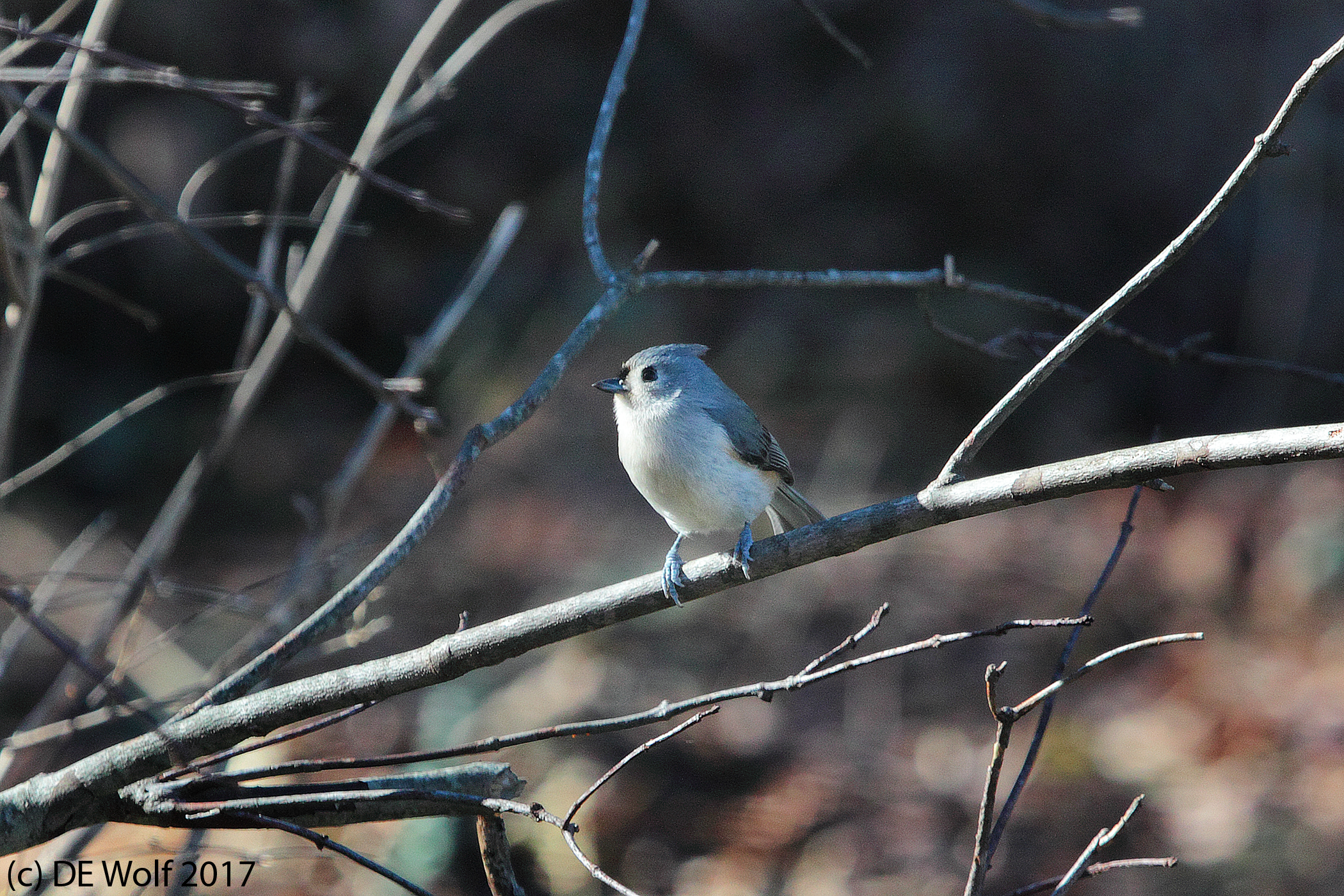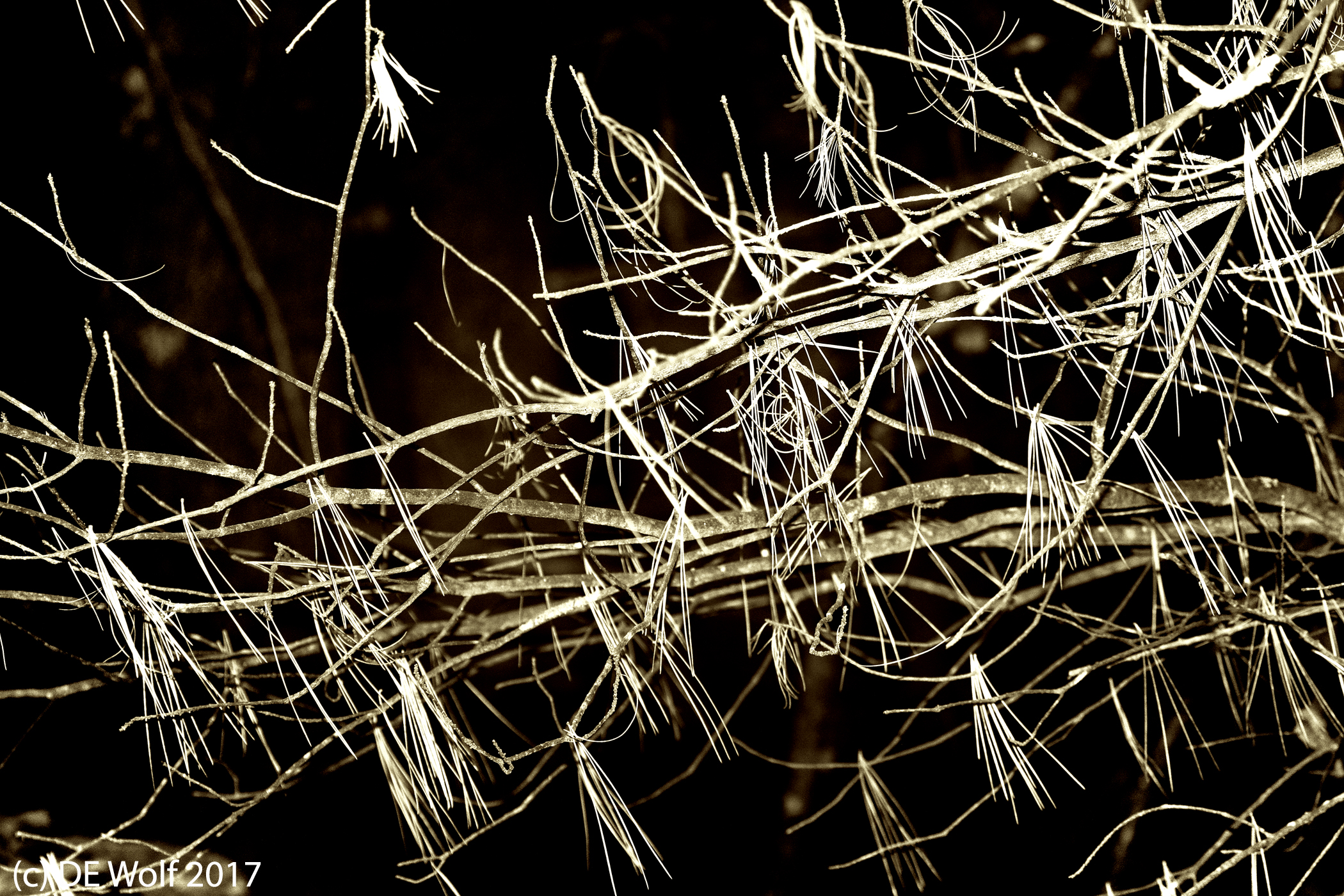
Dear Readers of Hati and Skoll,
Back in September, Hati and Skoll went euphemistically “down.” Actually what happened is that my site used a PHP that was not supported by the current version of Word Press. Rather than cobble it together, I chose to rebuild the site. I mean, after all the latest version of Word Press was so “improved” and “user-friendly.” Well, kinda not! I have finally got it up and running again. It looks pretty different compared to the earlier version and has both nicer and worse features. I am going to continue to modify the site, particularly modernizing the galleries, but thought that I had better get things going again, before everyone forgets me. However, I am told that no one really cares because bloggers are luddites struggling like troglodytes beneath the earth to maintain the status quo.
Over the last couple of months I have been steadily photographing particularly on Cape Ann in Massachusetts and worked up a number of photographs that I believe worth sharing. So I think what I am going to do for the next few weeks is post these images even if the warm glories of an autumn day seem to clash with the harsh realities of winter. I hope that you enjoy them.
Today’s image is a photograph taken by a friend showing yours truly, camera in hand, on October 24th at Rockport, MA’s gorgeous Cape Hedge Beach. This is my absolute favorite North Shore photography site; so I will be sharing many photographs from Cape Hedge, especially sunsets.
Please send your comments about the site, especially if you find something that just doesn’t work.
Thanks so much for your interest and patience!
David

